- What are the pets?
- Examples of domestic animals
- Differences between domestic and wild animals
- The dog
- The cat
- The parrot
- Cow
- Horse
- The camel
We explain what domestic animals are, examples and some of the main characteristics of these animals.
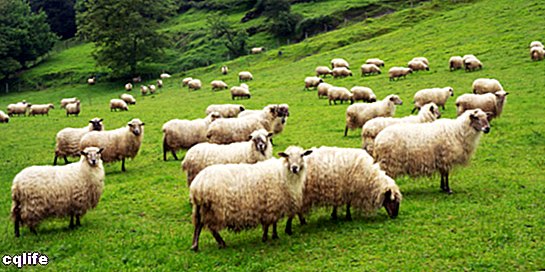
What are the pets?
It is understood by animals domestic to all those who have gone through a process domestication, that is, they have learned to live with the human being to such a point that in many cases it would be difficult for them to lead an existence far from the society human.
Domestication is called the process of accustoming an animal or plant species of wildlife to the terms of human existence, that is, to coexist with the human being and adapt to the type of activities that it performs. It is a process started thousands of years ago, at the dawn of our species, when the discovery of the farming it led to the need for robust animals that would provide humans with the strength their bodies lacked. This process was also key in the invention of the cattle raising and other similar activities.
Plant species, such as corn and wheat, were also domesticated and adapted to proliferate in human-controlled spaces, rather than their natural environments. This process forever altered their evolutionary courses and subjected species to artificial selection processes according to our needs as a species.
Today, domestic animals live with us in rural and urban environments, serving as company, food, transportation or work force. In return, we offer you a feeding without effort or competition, a habitat insurance and certain comforts, especially those we consider everyday companions, such as dogs and cats.
Examples of domestic animals
Below is a list of the most common pets:
- Dog (Canis lupus familiaris).
- Rooster (Gallus gallus)
- Cat (Felis silvestris catus)
- Cow (Bos primigenius taurus)
- Zebu bull (Bos primigenius indicus)
- Goat (Capra aegagrus hircus)
- Pig (Sus scrofa domestica)
- Sheep (Ovis orientalis aries)
- Guinea pig (Cavia porcellus)
- Donkey (Equus africanus asinus)
- Domestic Duck (Anas platyrhynchos domesticus)
- Horse (Equus ferus)
- Dromedary (Camelus dromedarius)
- Silkworm (Bombyx mori)
- Common pigeon (Columba livia domestica)
- Camel (Camelus bactrianus)
- Llama (Llama glama)
- Alpaca (Vicugna pacos)
- Guinea fowl (Numida meleagris)
- Polecat (Mustela putorius)
- House mouse (Mus musculus)
- Turtle dove rosigris (Sreptopelia roseogrisea)
- Turkey (Meleagris gallopavo)
- Carp fish (Cyprinus carpio)
- House rat (Rattus norvegicus)
- Domestic canary (Serinus canaria domestica)
- Guppy fish or million fish (Poecilia reticulata)
- Domestic bee (Apis mellifera)
- Creole Duck (Cairina moschata)
- Peacock (Pavo cristatus)
- Cockatoo (Cacatua galerita)
- Macaw (Ara macao)
- Land turtle (Chelonoidis carbonaria)
- Mute Swan (Cygnus olor)
- Australian parakeet (Melopsittacus undulatus)
- Fruit fly (Drosophila melanogaster)
- Capybara, chigüire or capybara (Hydrochoerus hydrochaeris)
- Hamster (Mesocricetus auratus)
- Red-eared slider (Trachemys scripta elegans)
- Domestic parrot (Psittacidae spp.)
Differences between domestic and wild animals
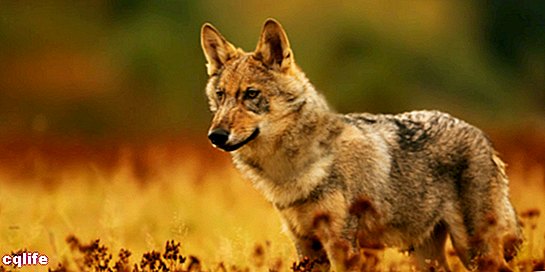
Although domestic animals are adapted to living with us, in some cases even inside our houses, and therefore forming a close bond with us, as if we were in some cases members of the same herd, this was not always the case. Before being domesticated, animals lived in their natural habitat, subject to natural laws, that is, in the wild.
Most of the world's animals still live in this way, which is why they are called wild animals, far from human intervention. Thus, while domestic animals live in our houses, on farms or in stables, wild animals live in their respective habitats: jungle, the desert, the sea, etc.
The dog
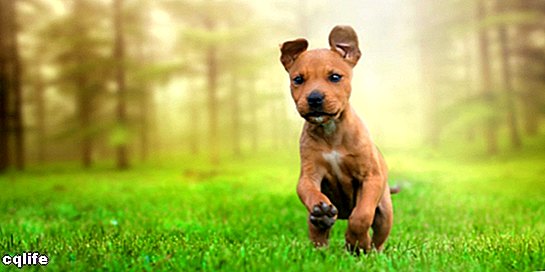
We call a group of species of domestic canids, related to the wild wolf, that about 10,000 years ago began a way of life close to the human being, probably understanding that an association with our species could be beneficial in terms of easy access to the dog. food, heat and a roof, in exchange for protection and assistance in the hunt.
The passage of centuries, however, ended up making the dog a companion animal with enormous variety between one breed and the other, due in part to our interference through selective breeding.
The cat
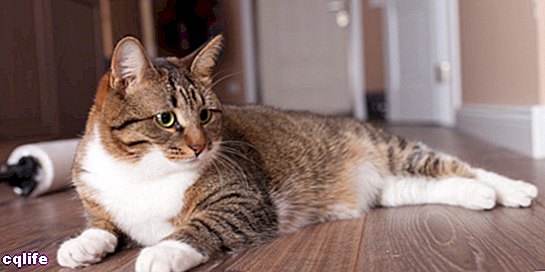
Another of the most common companion animals is the cat, although of a less complete domestication, in appearance, than that of the dog, since it retains a good part of its hunting instincts intact. It is thought to have been introduced to human civilization as a way to hunt rodents that infested the food stores of Ancient Egyptian civilization.
This type of medium-sized feline was venerated by many eastern civilizations and condemned by western Christianity, which saw in them a symbol of evil, probably due to their nocturnal and independent habits.
The parrot
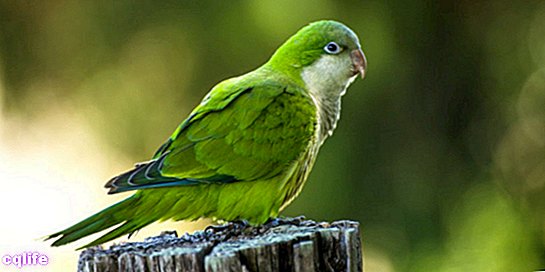
One of the most sociable domestic birds known, with typically green plumage although with other colors accessories, the parrot stands out for its strong curved beak and its ability to mimic the language human. It is not, however, that the parrot really "talks", since it is incapable of acquiring language; but he is capable of imitating various words quite faithfully, as well as doing other sounds like hissing, laughing, etc.
Cow
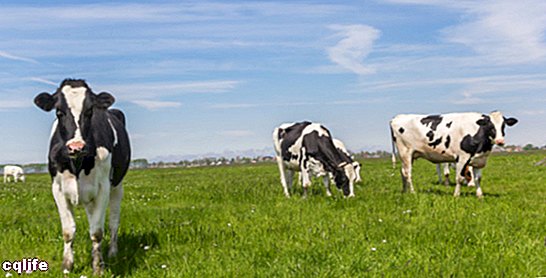
Perhaps the most important pet for the human history be it the cow, or at least the bovines in general. Not only because we obtain milk from it, a source of numerous products food, and various types of meat or leather, to feed us or to protect us from the cold; but also because its introduction to primitive human civilizations allowed the plowing to be carried out much more efficiently, taking advantage of the brute force of the animal to open furrows in the earth and then be able to sow.
Horse
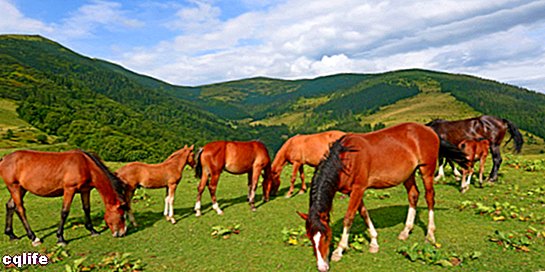
Another of the most significant domestic animals in our history, associated with the force, the speed and the wild spirit, served as transport to the human during millennia, either by mounting it directly or using it as traction of various wheeled vehicles (carts, floats, etc). The domestication of the horse reaches such a degree that we usually intervene directly on its body, nailing metal horseshoes in the hooves to protect them from wear, or removing teeth to insert the bridles.
The camel
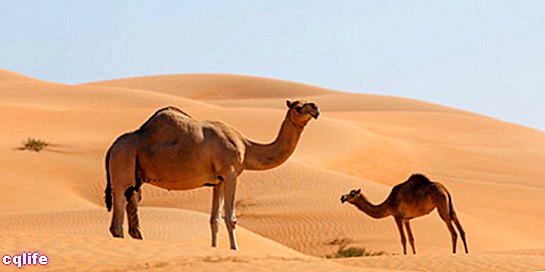
These African and Asian animals were domesticated by the cultures of the desert habitats, which they saw in their strength, their passivity and their ability to go up to 10 days without drinking water, the ideal characteristics to serve as a beast of burden. This domestication is much more recent than that of other animals of similar use, but it was key in the commercial development of desert regions, such as the Sahara.
